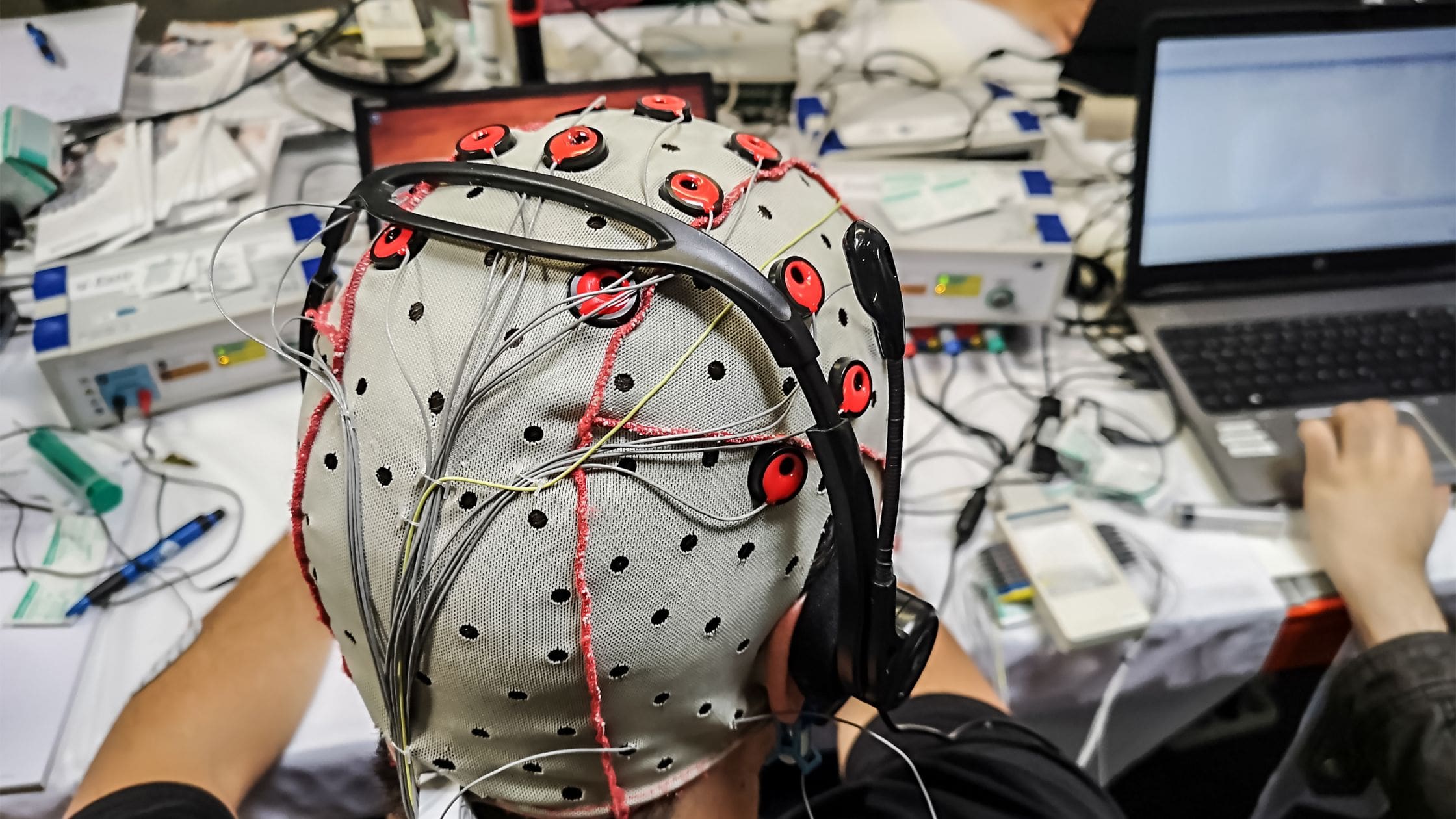Early childhood—the period from birth until about age 5—is a time of exponential growth. Beyond the obvious changes like physical growth and learning how to talk, early childhood is also the time when kids learn how to interact with others and even begin to develop interests that can stay with them throughout life.
It’s not hard to see how early education can benefit children individually. Most people appreciate that a child is more likely to thrive when they have a safe, nurturing environment where they receive attention from caring adults, learn how to get along with peers, and learn basic concepts like shapes, colors, numbers, and ABCs. However, did you know that the benefits of early childhood education extend beyond the individual child to include families, communities, and even larger societies? Read on to learn how.
Helping to Reduce Crime
Though it’s important to punish crime, it’s perhaps even more essential—and cheaper—to prevent crime in the first place. Creating an environment in which people are less likely to engage in antisocial or criminal behaviors is an obvious goal.
This is one of the most significant ways early childhood education can benefit everyone, at least according to one of the most comprehensive studies on the topic, the Abecedarian Project conducted through the University of North Carolina at Chapel Hill. The research was conducted in the 1970s and followed children from disadvantaged families from birth to age 5. In this respect, the study was unusually comprehensive, as most studies of early childhood education do not begin at birth. Additionally, beyond the initial five-year period, follow-up studies were conducted with the participants at ages 12, 15, 21, 30, and 35.
The project provided high quality, full-time early childhood education to the young participants from infancy to age 5, spending the modern equivalent of about $20,000 per child. The results were striking—Abecedarian Project participants were four times more likely to graduate from college, five times less likely to require public assistance, and significantly less likely to be arrested or charged with a crime later in life.
Another landmark study, the High Scope/Perry Preschool Project also produced similar results. In this study, which was launched in the 1960s, 123 at-risk preschoolers were divided into groups. One group received no preschool, and the other received a preschool education that used High Scope’s “active learning” approach. This longitudinal study checked in with the former preschoolers later in life, at age 40. The results showed that those who had attended the preschool had fewer teenager pregnancies, committed fewer crimes, and were more likely to own their own home and car. In particular, the participants had half as many lifetime arrests, including fewer arrests for violent, property, and drug crimes, and fewer convictions and months sentenced.
Similarly, many studies have focused on the Head Start early childhood education programs funded by the federal US Department of Health and Human Services. The program provides early childhood education to children under 5 from low-income families. Among many studies demonstrating the benefits of Head Start, one study found that at-risk children who did not attend Head Start or similar pre-kindergarten programs were 85 percent more likely to have been sentenced to prison or jail by 40.
The causes of crime are extremely complex, and multiple factors contribute to rising and falling crime rates. However, it seems clear that early childhood education has a definite role to play in fighting crime.

Improving the Economy
Beyond the impact on crime rates and public safety, early childhood education has significant economic benefits, too. For example, a cost-benefit analysis of the Abecedarian Project indicated that children who participate in this type of program typically earn approximately $143,000 more over their lifetimes than children who do not.
Notably, the benefits extended to the parents of Abecedarian Project participants. Mothers of children in the project could expect greater earnings: about $133,000 more over their lifetimes. Mothers of children who participated in the program generally achieved higher educational and employment status, and the results were especially pronounced for teen mothers.
This makes intuitive sense. While staying home with one’s children is a labor of love that many men and women are eager to do, it also represents a loss of wages and earning power. Many families can afford to have one parent stay home, but others cannot—they need to have two full-time wage earners. Single-parent families may struggle even further. An affordable early childhood education program therefore represents a safe, nurturing environment where parents can leave their child with trustworthy adults, while they work or pursue education to support the family.
Conclusion
For all these reasons and more, I believe everyone should consider what they can do to support early childhood education. Remember, you don’t need to have children to benefit from living in a society where children receive care, attention, and instruction from a young age. Such societies are more humane, safer and more economically prosperous, benefiting all members of society.




